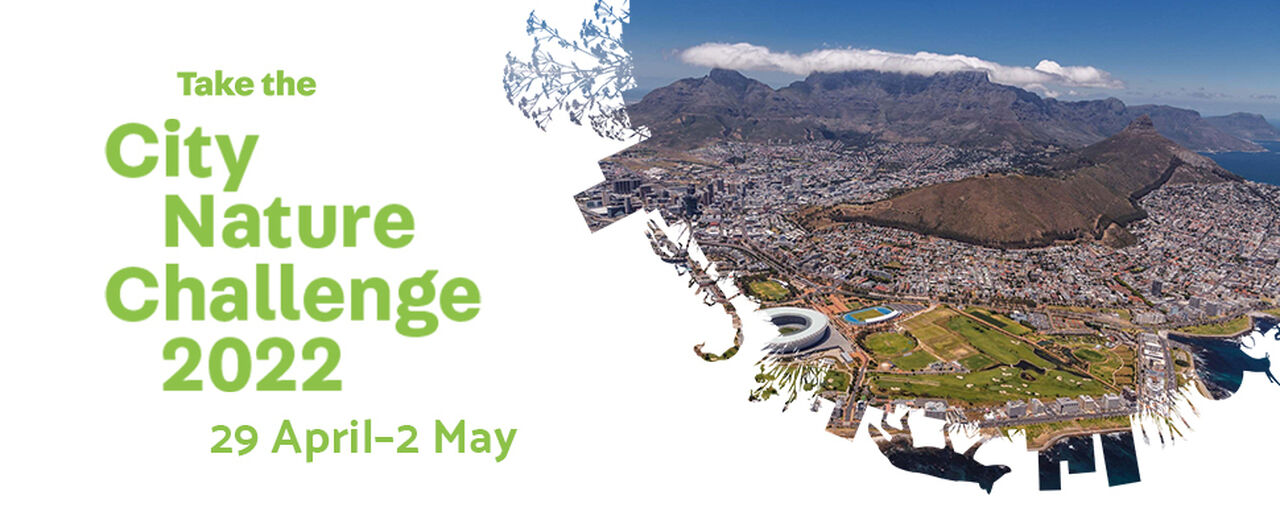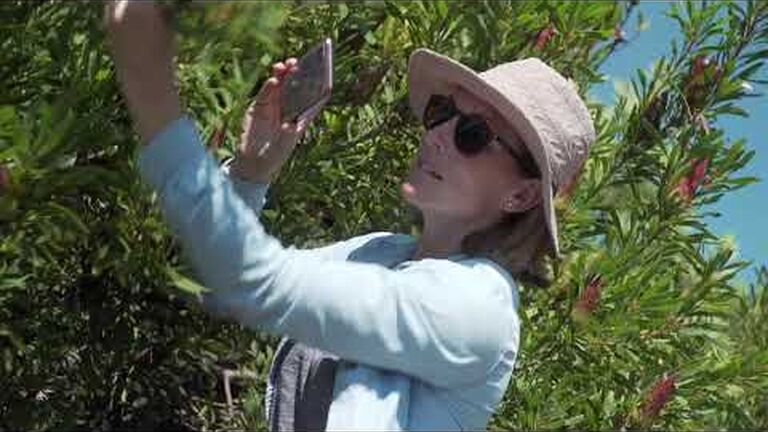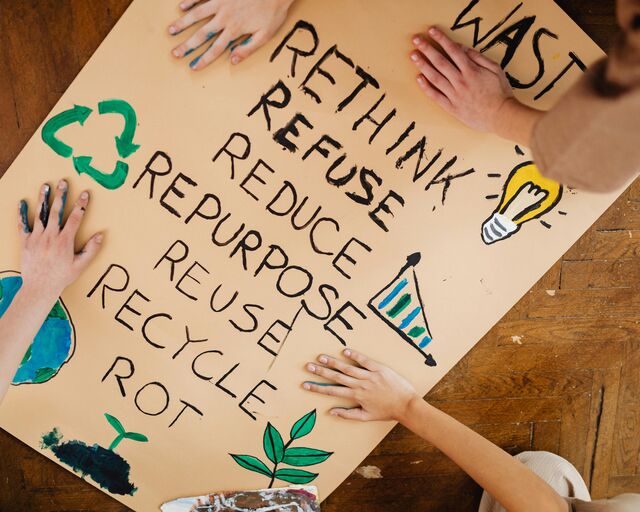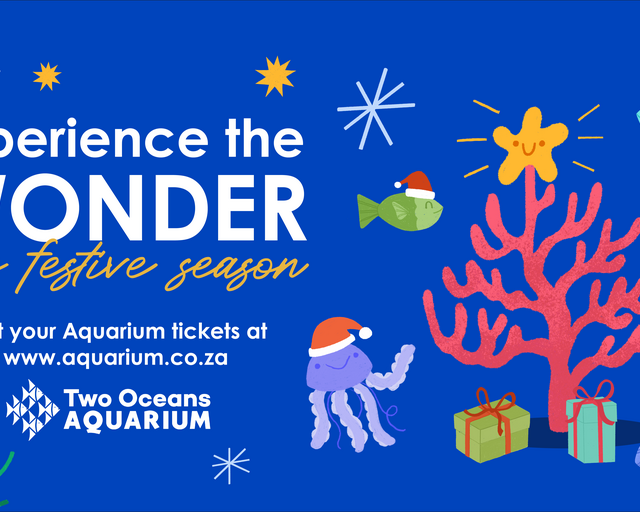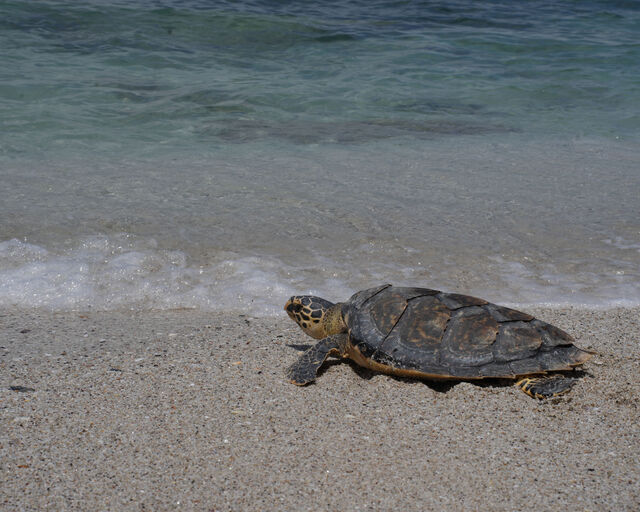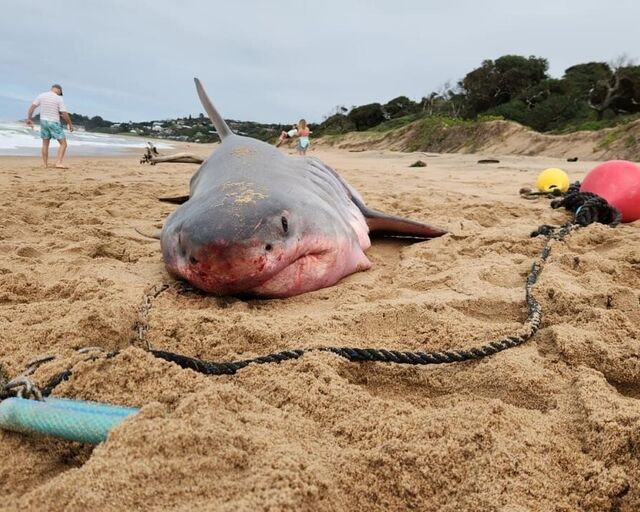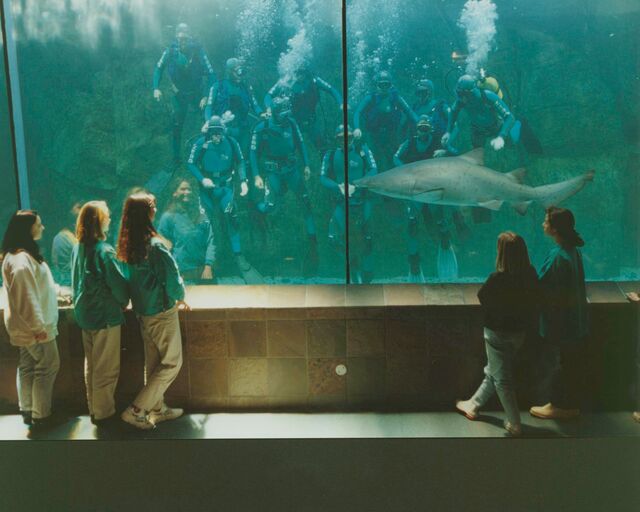Cape Town is currently the reigning champion of the City Nature Challenge, an international competition where everyday citizens try to take as many photos as possible of different species and upload them to the citizen science app iNaturalist. Our incredible biodiversity and team of volunteers enabled Cape Town to take the top spot in the "Most Species" and "Most Observations" categories when the competition was last run in 2021 - now we all need to help defend our title (and win the "Most Participants" section too).
Join the action from Friday 29 April 2022 to Monday 2 May at midnight - Bring your friends, bring your family!
How to take part
First step - get the app

To join the fun simply install the iNaturalist app on your smartphone (you can also use the web version on your computer). Then sign up to iNaturalist. Do that now - it's entirely free!
Using your new account, you'll be able to upload all the photos you take over the competition weekend. The data collected by this app is useful for natural scientists, it's a much bigger adventure than just the City Nature Challenge!

Go exploring
Now that you've got your iNaturalist account, it's time to go exploring! Using your phone (remember to leave your GPS on to make tagging easier) or camera, get out there and take photos of as many living specimens as you can. These can be anything, from all the bugs and plants you see in a nearby fynbos reserve, the weeds you see on the pavement on your way to the Aquarium, or the bird that lands in your garden. Just remember - all your observations need to be within the bounds of the Cape Town region.
Take as many photos as you can - don't forget the small stuff: Plant, animal, fungus, insect, spoor, scat, etc. all count! Remember, you don't need to know the name of the organism, the community will help with that later!
Lots of community organisations and nature reserves are planning public "bioblitz" events on the weekend - you can find them all here and join in.
Upload your observations
Now that your adventure is complete, it's time to upload all your photos! If you were using the iNaturalist app to take the photos, great, you're done! If you took them with your phone's camera app or with your digital camera, you'll need to add your photos to iNaturalist via the official app or the website. Remember - the community can help you identify the organism, but you need to make sure that the date and location information is correct.
If you don't have data on your phone, or would prefer to use a DSLR camera, that's not an issue - you can upload your photos on the iNaturalist desktop website from your home computer.
Then what?
Take some more photos! You'd be amazed at the biodiversity you can find right on your doorstep - so take a stroll, visit a place you love, and have another adventure!
Worried your contributions won't be identified? The community will be hard at work identifying everyone's observations during the week after the City Nature Challenge. Even if you aren't an expert, you can help this team by giving your observation a partial identification, for example, labelling a weed in your garden as "Plant" helps an expert find it more easily. Every little bit counts when the community comes together!
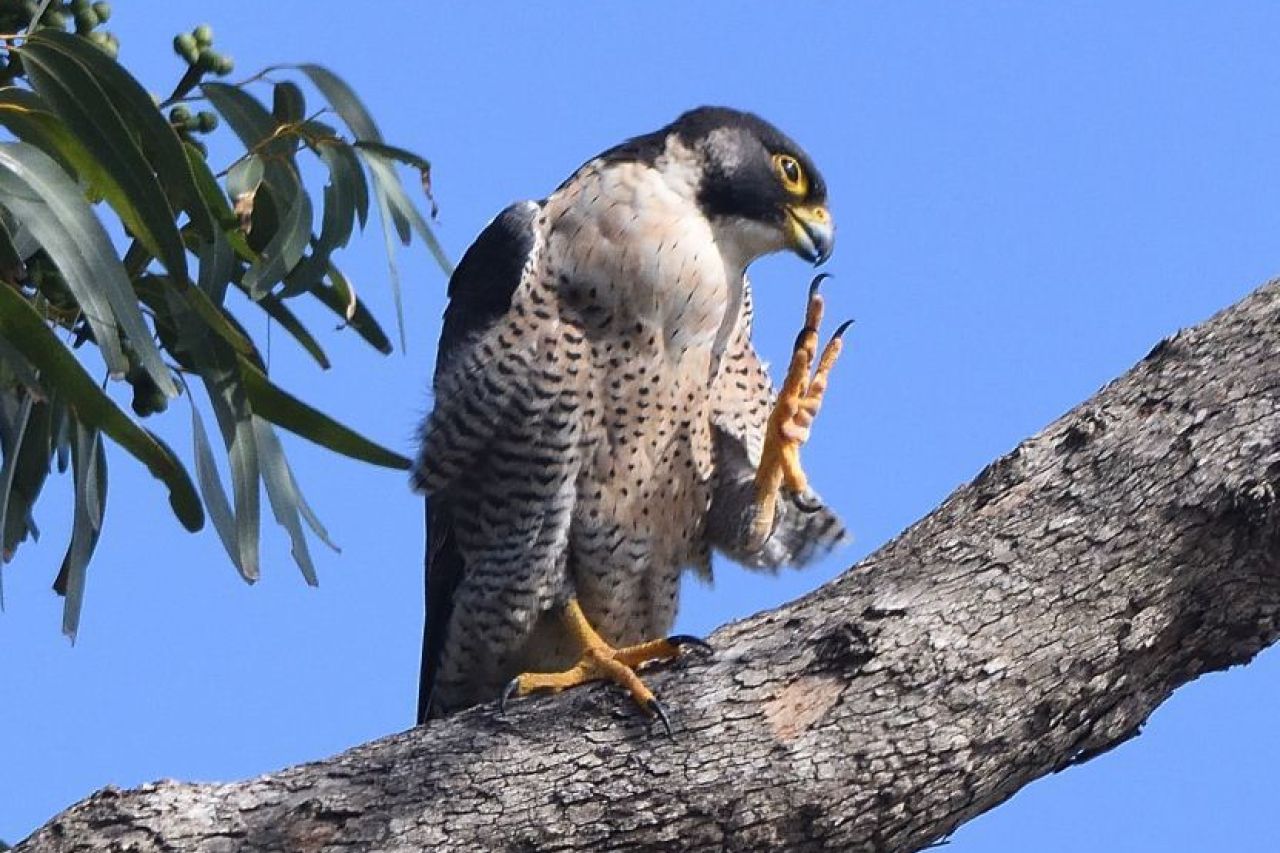
FAQ:
The global landing page for the City Nature Challenge offers a more detailed FAQ, but we wanted to include some of the main points here:
Does it cost anything to take part?
Nope. The app and participation are free.
When can I start making observations that will count for the City Nature Challenge? When should I stop?
All observations made between 29 April at 00h00 SAST and 2 May at 23h59 SAST will count for the City Nature Challenge.
Do I need to join the project and add my observations to it for them to be included? Do I need to do anything in addition to adding my observations?
No, your observations are automatically added to the competition if you tag their location correctly. But, if you would like to follow Cape Town's progress, you can join the project here once you have an iNaturalist account.
What kinds of observations should I make during the CNC?
You can make any observations of plants, animals, fungi, seaweed, bacteria, lichen, etc. you find in and around Cape Town, or evidence that they were present (eg. footprints, scat, birdsong)! Observations of living or dead organisms, or evidence of those organisms, like shells, tracks, scat, feathers, etc., are fine. Remember to make sure you’re taking good photos of the organisms! The emphasis should be on wild organisms, but if you do get a photo of a planted tree, for example, here's how to tag it as captive/cultivated.
What if I don't know what the organism is that I took a picture of? How do my observations get identified?
No problem! The iNaturalist app has a cool AI that suggests visually similar specimens that were found near you that you can compare to your observation. If that doesn't work, the community will help identify it later - don't stress, just do the best you can!
Do I have to make observations using the app? What if I want to use a real camera?
For iNaturalist, while it’s convenient to use the app to make observations, it’s fine if you want to use a real camera. You can upload your observations using the Upload tool on iNaturalist, and if your camera doesn’t have a GPS, you can drop a pin to indicate where you made each observation. If you’re planning on making most of your CNC observations using a camera, we recommend watching this short video on how to best use iNaturalist’s Photo Uploader.
I took so many photos during the CNC that there's no way I can get them all uploaded before the end of the day on May 2 – what should I do?
You have until 9 May 2022 at 09h00 SAST to upload everything, but only observations actually made between 29 April and 2 May are counted. Last-minute uploading is discouraged, as there is not necessarily enough time for your observations to be identified by the community.
What are the data used for?
On iNaturalist, all the data are freely available to anyone interested in downloading them. iNaturalist observations are used in hundreds of scientific publications. Many of them are using data that is shared with the Global Biodiversity Information Facility as part of the iNaturalist Research-Grade Observations dataset. You can browse the ongoing list of the publications that have cited a GBIF dataset containing at least one record from iNaturalist.
Related News
Sign up to our Newsletter
Receive monthly news, online courses and conservation programmes.
